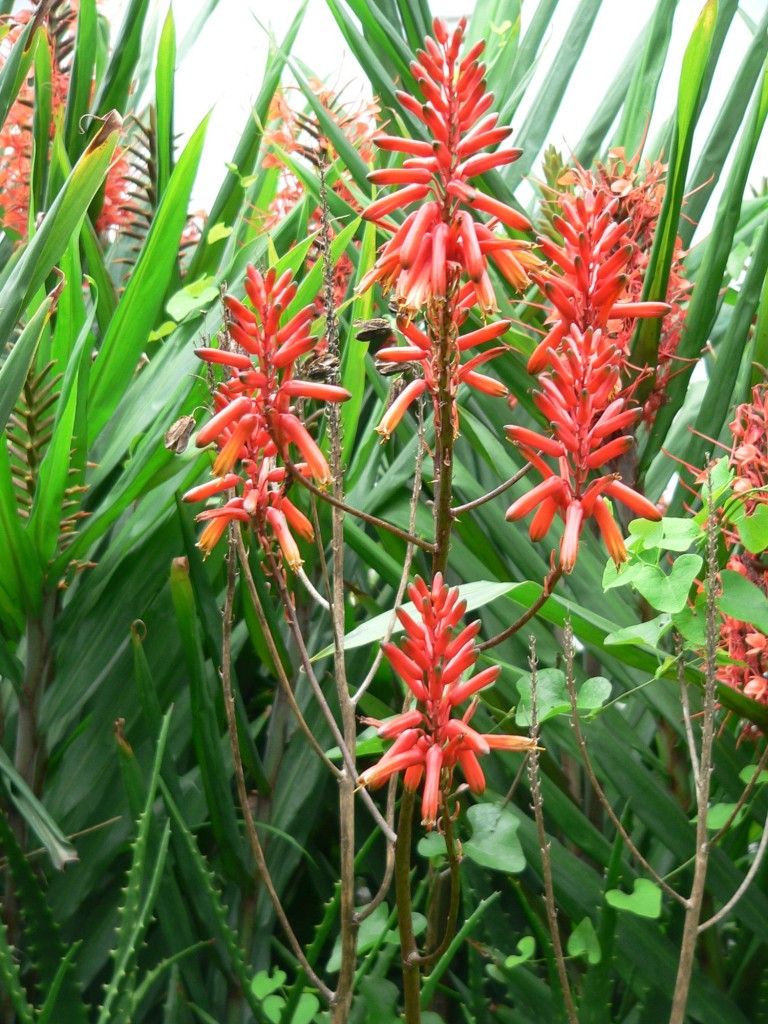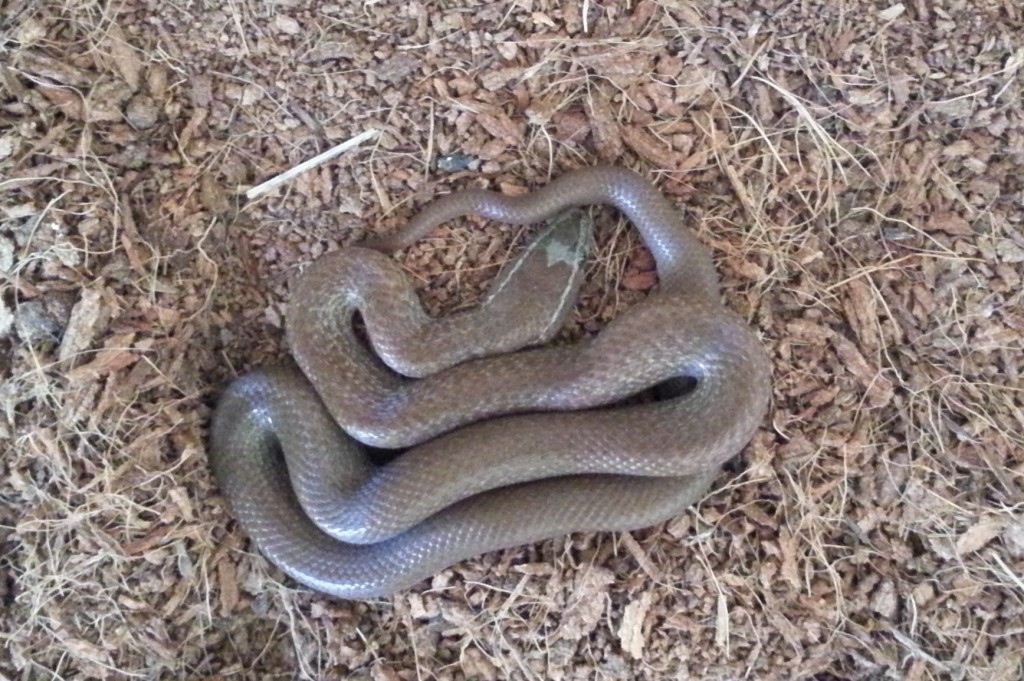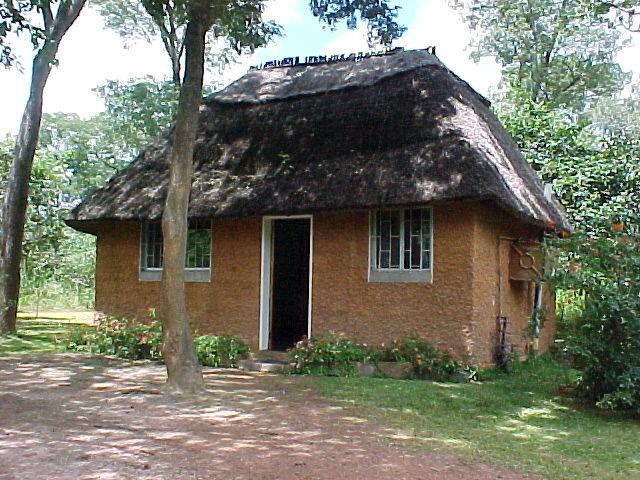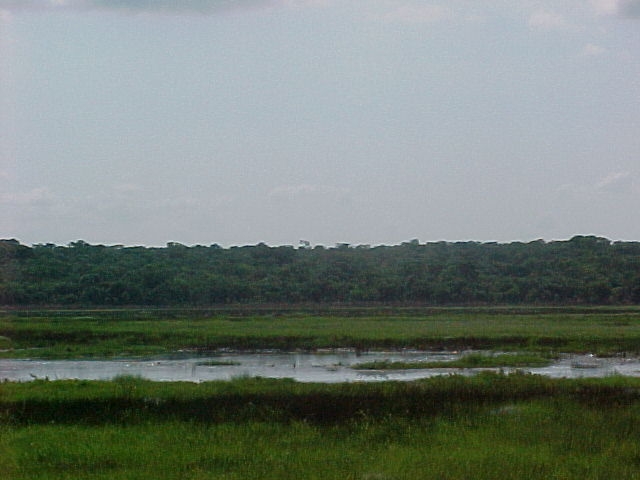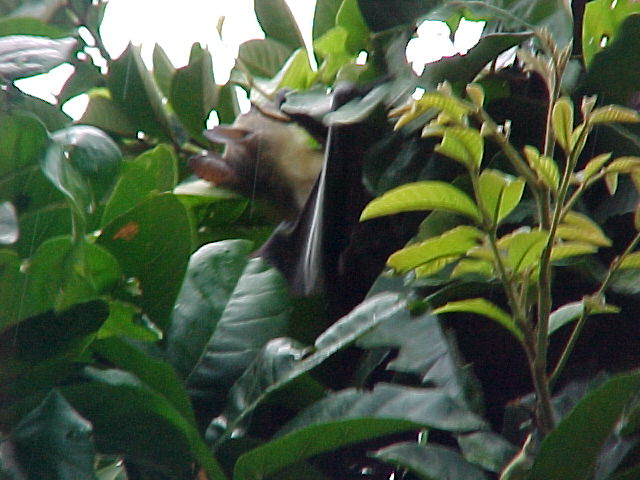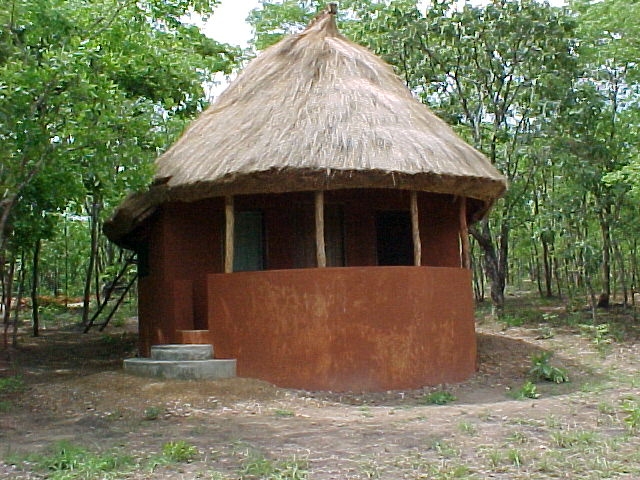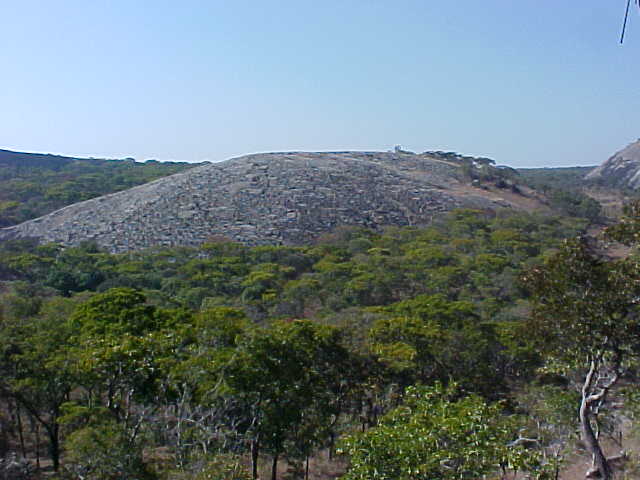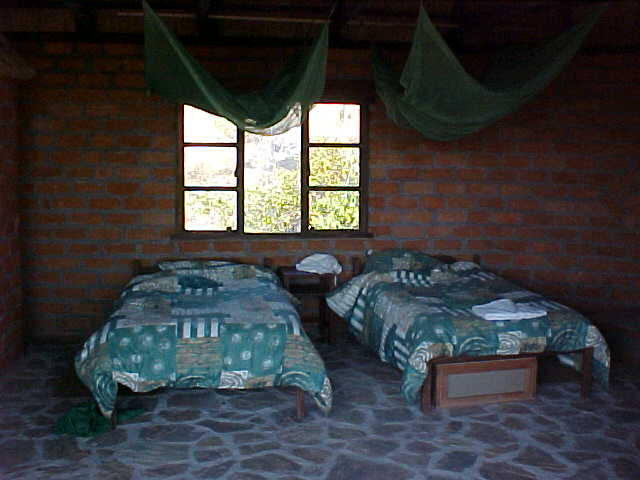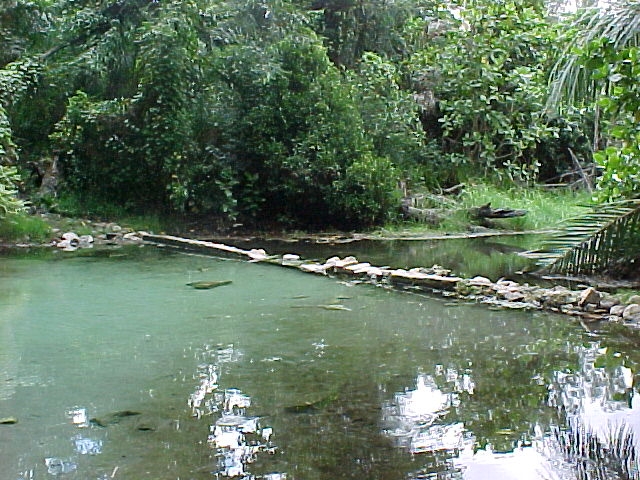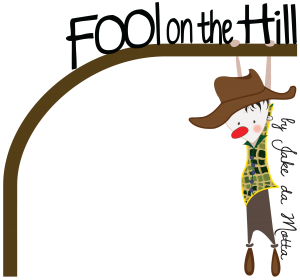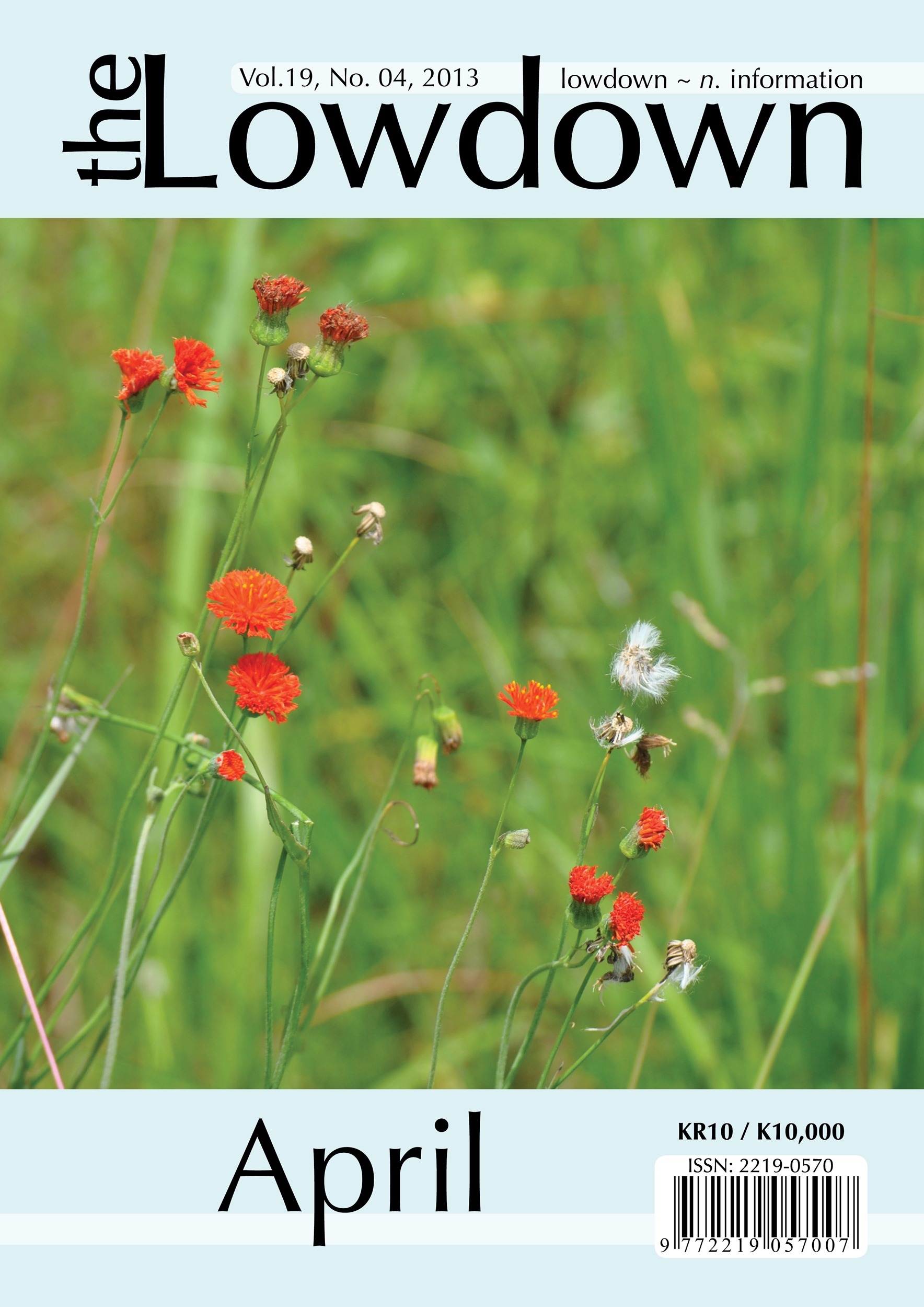 I taxied the Cessna to the East African Aero Club, tied it down, and checked into their visitor accommodation. During my last stay in Kenya with the Cessna ‘push-pull’ Skymaster, I had a personality clash with a prominent member of the club’s committee. In my opinion he had misused his privileged position to have me banned, but I had recently contacted the club’s committee, who had assured me that if I met all the usual requirements I would be reinstated, and pending this, I could use the facilities as a temporary member.
I taxied the Cessna to the East African Aero Club, tied it down, and checked into their visitor accommodation. During my last stay in Kenya with the Cessna ‘push-pull’ Skymaster, I had a personality clash with a prominent member of the club’s committee. In my opinion he had misused his privileged position to have me banned, but I had recently contacted the club’s committee, who had assured me that if I met all the usual requirements I would be reinstated, and pending this, I could use the facilities as a temporary member.
I entered the club and was soon amongst many old buddies, including Johnny Adamson, Jim Stewart and Ben Pont. They were all members of the committee, and urged me to start collecting the sixteen committee member’s signatures, necessary to support my application, and I proceeded to do this over the next few days, whilst I was getting a new radio, and organising cash expenses from London.
I had a pleasant stay in Nairobi, visiting old friends, and making new ones, and I was happy to learn that Jim Stewart would be following me to London in his company’s aircraft, ”If I go down in the drink, you can throw me a life raft” I joked.
Soon I was on my knees in the pilots room with the big ONC charts on the floor, planning my flight to the Mediterranean. When flying in Africa I always prefer this method, rather than relying on instrument high-altitude charts, as reliable radio beacons are few and far-between, and in those days the GPS navigator was scarcely available.
We had a final party in the club, and after submitting my re-application with the sixteen committee signatures, and a year’s subscription, I enjoyed a good night’s sleep before my early morning start for the day-long flight to Khartoum.
Once again I was over my old stamping ground the Kenya N.F.D. and it was not long before Lodwar, my refuelling point came into view in the desert below.
As I descended to land at this tiny strip, I resolved to make a three-pointer, as the wind appeared to be straight down the runway, but I was wary, as the hot desert winds often eddied around the mountainous slab of rock which towered above the Catholic mission beside the strip. It was fortunate I had my wits about me, because just as the 185 floated a few feet above the runway, a sudden gust made my starboard wingtip almost graze the ground. As the wing went down, I had full deflection on my rudder, corrected for the centreline with aileron and the ‘plane settled into a three-point landing, I sighed with relief, and taxied to the Mission pump, I should have made the landing a ‘wheeler’.
It was not long before I was airborne again abeam Lake Turkana (Rudolf), scene of my earlier adventure with the Ethiopian Marxist Government, climbing high to avoid the turbulence of the hot desert of southern Sudan. I climbed even higher as I neared the enclave of Ethiopia where the GambelaRiver enters the Sudan, as I knew there were warring factions of Sudanese rebels and Ethiopian soldiers below, I had no wish to make an involuntary entrance to their war games. This of course was one of the areas where I had flown ‘Mac’ McElroy a VIP hunting client, some sixteen years before.
Soon the forward visibility decreased to nil, and the ground below disappeared, a sandstorm was blowing, not a full haboob, but enough to put me on instruments. I called Khartoum and they informed me that the ILS was U/S but they cleared me down to 4,000 feet, and it was at this height I swept over the threshold of runway 36 before seeing it.
Fortunately the 185 has large flaps, and by some judicious forward slipping, I was able to land the aircraft and take the first turn-off to the terminal. I spent the night in Khartoum’s Meridian Hotel. Another early start, and crossing and re-crossing the Nile, as it meandered below, I was soon approaching Southern Egypt, though unfortunately their air traffic control made me steer clear of Lake Nasser.
I planned to spend a night in Luxor, to clear customs and all official business, so that I could get an early start from Cairo, and cross the Mediterranean by daylight. I landed at Luxor, then a very busy city, as a much-advertised performance of Verdi’s grand opera ‘Aida’ was to be staged that night, At Luxor airport I watched a demonstration by the Italian Airforce Aerobatics Team ‘Gruppa Tricolore’ marking the operatic occasion, and as a fellow pilot met them at ‘briefing’ after their flight. This team was to be decimated in the ‘nineties’ when a collision in West Germany killed their best pilots.
I arrived in Cairo by nine in the morning, but my hopes of an early departure from Egypt were doomed. I am convinced that there is no other country in the world, which goes to so much trouble to make things difficult for travellers. I witnessed a European woman in tears, who was trying to negotiate with a totally unsympathetic immigration officer. I know they certainly think of all the best dodges to make a pilot utterly miserable. It took me no less than four hours to pay for my aviation fuel, because the company would not accept British Sterling Pounds cash, which I had obtained in Kenya, just for this very eventuality. They insisted on U.S. Dollars traveller’s cheques being cashed into Egyptian Pounds.
No sooner had this transaction been finished when the whole rigmarole had to begin again to pay airport taxes! It was after five in the evening before I was ready to start my take-off, and their final indignity was to route me first to Fayoum, a hundred miles on a south-west bearing, back into the desert, before I could turn on track for Crete. As I eventually passed over the coast, it grew dark, and I knew I was committed to make a night sea-crossing in a single-engine ‘plane, I began to hate all Egyptian officials!
However it was a wonderful clear night, and I could often see large cruise liners plowing along underneath, at least I appeared to be much faster than they were!
Suddenly, the engine coughed, my heart missed a beat, frantically I checked the instruments. All in order – temperature, pressure, RPM and boost, all normal. The engine was fuel-injected, so carburettor icing was almost impossible, and induction icing unlikely. I was again at eleven thousand feet, so I leaned the mixture, the engine started to sound rough, so I returned the mixture to the former position.
For some time things were normal, then the engine ran rough again. I pushed in the leaning knob, and the richer mixture smoothed out the engine. I was terrified, it was dark and I could visualize trying to pull off a night landing on water. I looked out and saw far below me a large liner, for an instant I considered circling to keep it in sight, but I calculated that Crete could not be more than half an hour away. With the engine alternatively running rough and smooth, that half hour seemed like a lifetime, and then suddenly, I was aware of a white mass out of my port side window. It materialised into a great snow-covered mountain, glinting, five thousand feet high, in the light of the moon. I passed over the SITIA beacon above the eastern shore of Crete, and joyfully, turned west, starting to descend. Soon I was on the ground at Iraklion, checked into a nearby hotel and slept like a log for seven hours. At least I was out of dammed Egypt, and their corrupt and unhelpful officialdom.
See Part 1
To be continued
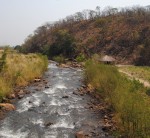 With the recent passing on of Britain’s Iron Lady, Margaret Thatcher, and the furore about her funeral coupled with the fact that the month of May sees the 140th anniversary of the death of David Livingstone at Chief Chitambo’s village in 1873, we thought it interesting to see what sort of funeral was accorded David Livingstone.
With the recent passing on of Britain’s Iron Lady, Margaret Thatcher, and the furore about her funeral coupled with the fact that the month of May sees the 140th anniversary of the death of David Livingstone at Chief Chitambo’s village in 1873, we thought it interesting to see what sort of funeral was accorded David Livingstone.